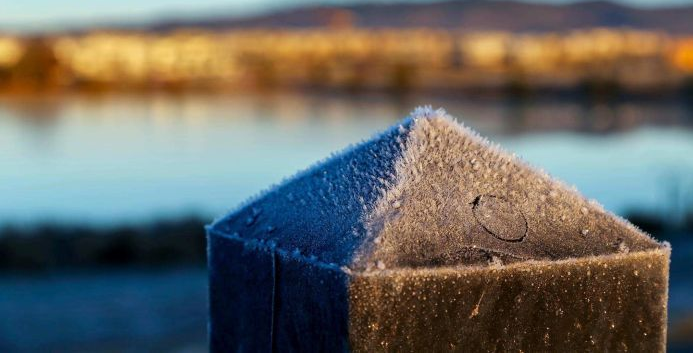Waterproofing in Canberra: The Cold Hard Facts
The Australian waterproofing market is reported to be one in excess of $220M per annum and growing. However a disproportionately large sector of this market is made up from remedial waterproofing on relatively new structures, not just new construction.
A statistic from the Australian Institute of Waterproofing states that that while waterproofing can account for less than 1% of overall construction costs, by contrast waterproofing failures account for over 80% of post construction issues. Additionally, a recent study by UNSW found that the top three most common defects reported by owners of apartment blocks were:
- Internal water leaks – 42%
- Cracking to internal or external structures – 42%
- Water penetration from outside – 40%
SOURCE: UNSW City Futures Research Centre – Governing the Compact City: The role and effectiveness of strata management, 2012
This data would suggest that waterproofing in even ideal conditions is a challenge, however waterproofing in Canberra offers a whole host of other difficulties. Canberra and the surrounding areas provide some of the country’s most brutal conditions for installing and maintaining waterproofing membranes. The highs and lows of temperature and humidity throughout the seasons and the massive temperature swings which can occur in a single day, make the task of waterproofing even more challenging. In the winter, the combination of cold temperatures and increased humidity produce one set of conditions which impedes curing, whilst hot and dry conditions in summer can result in rapid curing.
Is the membrane you are using today going to be suitable for your project in 3 months’ time?
Average High/Low Temperature: Canberra

Most material suppliers provide performance testing and installation data for their technologies based on 23oC and 50%rh. Whilst trades can and will keep on working with the products throughout winter, the 20 year manufacturer’s warranty may be voided where the fine print states “Do not install with an ambient or substrate temperature below 5oC”. Unfortunately Canberra’s average temperature falls well outside of these recommended warranty ranges in eight out of twelve months of the year.
Additionally, to warranty concerns, consistently low temperatures can result in the following:
- Longer set times for materials
- Longer periods between re-coating
- Extended curing times before tiling
- Increased waiting times before floor testing
- Increased lead times for follow on trades
Depending on the systems involved, a typical turnaround of two day from priming to tiling can extend out to a 16 day installation process. If this timing is not taken into consideration when planning, it could potentially result in extensive delays to a project schedule and cause incurred costs with labour and/or back charges.
So what can we do?
With a seemingly endless range of products on the waterproofing market understanding what system you are using and how it performs in both a hot and cold weather climate is critical to ensuring your project success.
Work-shopping your project, from pre-design to completion, with all stakeholders is a great starting point. It’s important to also engage with your product suppliers to understand how you can get the right material and process for your specific application, including hot and cold weather risk, timelines and QA documentation. This could help save your time, your money and your reputation.
The devil is in the detail, the joint detail that is. How are you going to address these in your project?
The cost to waterproof a bathroom during new construction may be around $300 per bathroom. The cost of remediation for the same bathroom post construction could be well in excess of $15,000. Taking the time to ensure you’ve got this trade right for your project is a must, regardless of the size or scope of works.
Sources:
https://www.waterproof.org.au/

